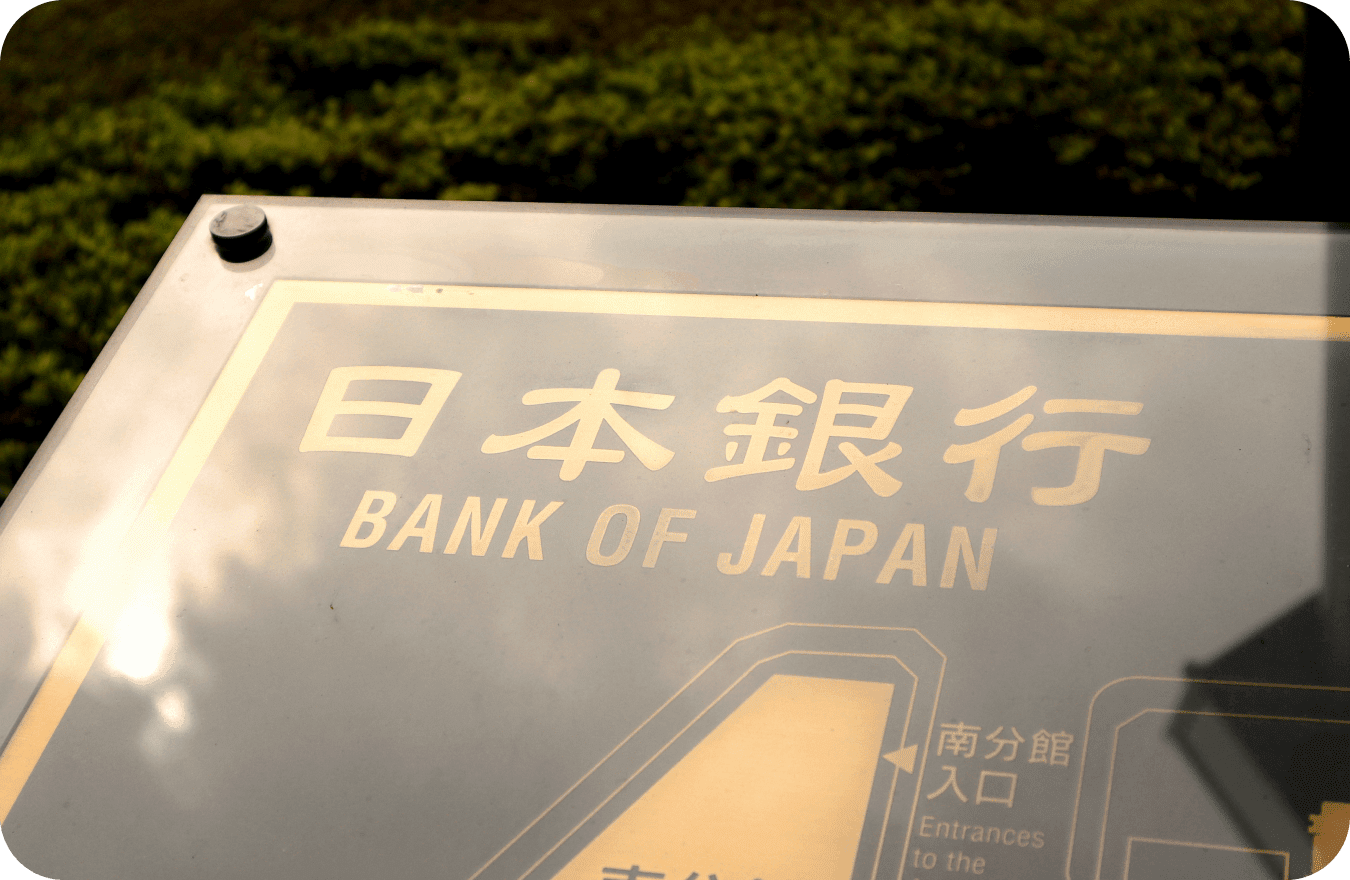Bank of Japan Preview: will the BOJ end negative interest rates?
The Bank of Japan meets on Tuesday 19th of March. We preview what to expect from the BOJ decision and how it might impact the USD/JPY and Nikkei 225.
The Bank of Japan meets on Tuesday 19th of March. We preview what to expect from the BOJ decision and how it might impact the USD/JPY and Nikkei 225.
All price information and forecast data in this article is sourced from Bloomberg, Trading Economics
Is sustainable 2% inflation in Japan in sight?
The Bank of Japan’s main focus is sustainably returning inflation to its 2% target. Currently, there’s mixed evidence regarding whether the central bank has achieved this outcome, and whether the conditions are in place to have re-anchored inflation expectations. The latest official CPI figures revealed headline inflation moderated to 2.2% in January, with core inflation falling to exactly 2%. While price growth is around the BOJ’s target, the trend is to the downside, with slowing economic growth – Japan teetered on the edge of recession according to the latest GDP figures – a drag on consumer prices.
The picture becomes more complex when looking at the “core core CPI” in Japan, which strips out food and energy and tries to isolate demand drivers of inflation. It remains elevated and well above 2%. However, it, too, has softened. Further complicating the outlook, the latest Tokyo CPI data, which is considered a leading indicator of broader price growth in Japan, lifted to 2.5% in February, another sign of potentially re-anchored inflation expectations.
A recent speech by Bank of Japan Governor Kazuo Ueda reflected uncertainty about Japan's inflation dynamics. The head of the BOJ said the central bank was searching for greater evidence of a “sustainable, stable achievement” of its inflation target, driven by a virtuous cycle between wages and prices. Recent wage data showed a larger-than-expected jump in worker pay of 2%, with expectations of ongoing strength stemming from recent employee bargaining agreements.
(Source: Trading Economics)
(Past performance is not a reliable indicator of future results)
Swaps imply a 50/50 chance of a BOJ hike
Rates markets are pricing in a possible hike from the Bank of Japan. Swaps imply an approximately 50/50 chance of a 10 basis point move in Japan’s policy rate, which would take it to 0% and out of negative territory for the first time in eight years. Judging by the swaps curve, it’s a matter of when and not if the BOJ eventually hikes: it is indicating roughly 26 basis points of rate increases this year, or three hikes.
There’s the possibility that the Bank of Japan will tighten policy at this meeting using its other tools. Speculation is mounting that the central bank could tweak or remove entirely its yield curve control policy, which was adjusted several times last year as long-term rates moved higher. There may also be a phasing out or end to part of the BOJ’s asset purchases, especially of equity and property ETFs, with Japanese asset prices hitting all-time highs recently.
(Source: Bloomberg, Capital.com)
(Past performance is not a reliable indicator of future results)
Technical analysis: USD/JPY and Nikkei 225
Given that the markets are implying a hike at this Bank of Japan meeting is a line ball call, the event could trigger heightened volatility in the Yen and Nikkei 225. Those markets move in a negative correlation with one another, with a hike, adjustment to other monetary policy tools, or even very hawkish language potentially strengthening the Yen and weakening the Nikkei. The opposite outcome could weaken the Yen and boost the Nikkei.
(Source: Trading Economic)
(Past performance is not a reliable indicator of future results)
The risk of a rate hike has put downward pressure on the Nikkei recently, after having recently hit record highs. The weekly chart shows the RSI has dived out of overbought conditions, suggesting a major momentum reversal.
(Past performance is not a reliable indicator of future results)
(Source: Capital.com)
The USD/JPY is also flashing bearish signals on the charts. Having failed to make new highs and possibly carving out a double-top formation, the pair is breaking lower out of an ascending wedge pattern. A weekly close below the 20-day moving average could be a bearish signal, with 145 a potential level of technical support.
(Past performance is not a reliable indicator of future results)